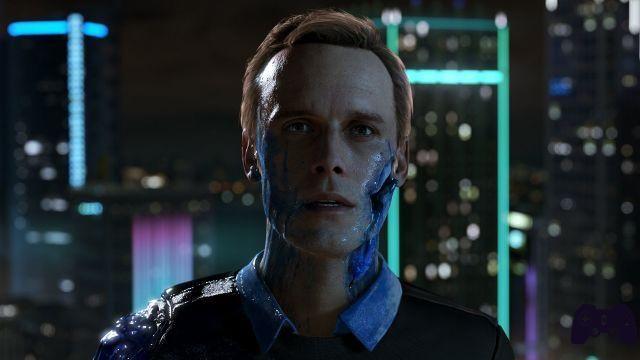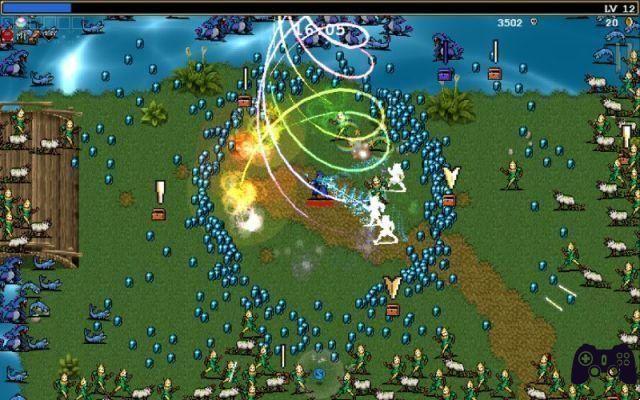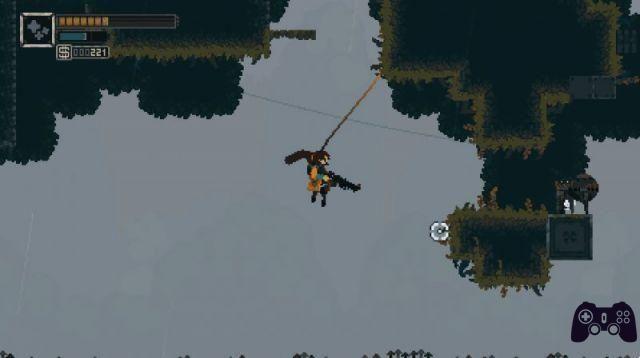Telling the story behind the rise, fall and recent comeback of the boys of Oddworld Inhabitants would be a gargantuan undertaking, and one that deserves a dedicated editorial. What matters right now is that after the success of Oddworld New 'n' Tasty, the famous remake of the historic Abe's Odyssey, the iconic development team has revived its most beloved character to make a direct sequel to the remake of Odyssey: Oddworld Soulstorm.
After 7 years since Abe's last appearance on the gaming scene, false project starts, development delays and a constant desire for renewal to bring the bluish Mudokon to a new generation of gamers, Oddworld Soulstorm arrived in April 2021, revealing itself as the sequel that fans have been waiting for for almost fifteen years but at the same time as an anachronistic production full of problems.
17 months have passed since its debut on PlayStation consoles, and after an extended version created to celebrate its arrival on Xbox, Oddworld Soulstorm finally arrives on Nintendo Switch. A decision that smells like "tease" for anyone who remembers the statements of its creator, who declared, during the first interviews following the presentation of the title, that "only the very powerful PS5 hardware allowed Oddworld Soulstorm to run at its best".
Statements that were basically silently retracted when the title was made available for both PS4 and PS5 and which, after 17 months, have tacitly ended up in oblivion. However, there is no doubt that the arrival of Soulstorm on Nintendo Switch makes it available to owners of the hybrid console to enjoy the entire collection of titles dedicated to the Oddworld universe (with the exception of the very first titles dated 1997 and 1999), albeit with some decidedly important compromises.
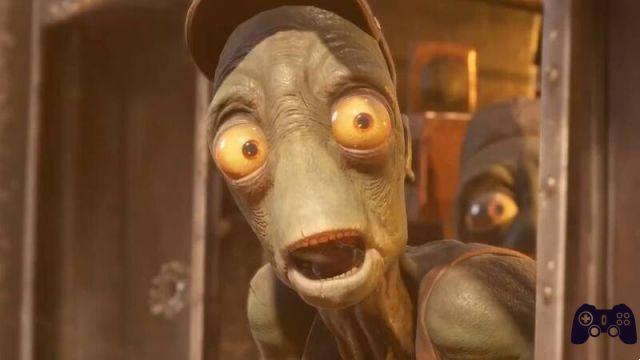
A new exodus
Oddworld Soulstorm is not a 1:1 remake of Abe's Exoddus but it is a project that takes up only a few details with which to enrich an unpublished, profound story designed to connect directly to the ending of the previous Oddworld New 'n' Tasty. It is therefore not a project similar to that of 2014 more so the "sequel that Abe's Exoddus was not".
Oddworld Soulstorm has a very simple incipit: Abe can't accept his new role as 'Mudokon Messiah', thinking that the peace obtained by a part of his people is more than enough to guarantee a peaceful life for what is left of his people. However, the formidable Molluck is intent on taking revenge on Abe and, after having tracked down the refuge of the Mudokons, he launches his offensive which frustrates all the efforts made by Abe.
Once again on the run, and with an entire people to protect, the young Mudokon embarks on a long journey that will lead him to a renewed awareness of his purposein the existence of his species. The narrative sector of Oddworld Sousstorm will touch on current issues, dramatic moments and a plethora of references to the historical past of the series, in a story that is generally well written albeit with some parts treated in an excessively hasty manner.
The only, real, flaw in Oddworld Soulstorm's handling of the narrative is its overly standoffish pace, which alternates dynamic moments, full of frenetic situations, with phases in which the need to focus more on the game action creates redundant situations that are too dilated and similar to each other, risking generating excessive tedium, especially in the central part of the adventure .
It seems absurd to associate Abe's character with distinctly action moments, but one of the novelties that Oddworld Soulstorm brings with it is precisely the desire to evolve that formula made famous by the chapters of the mid-90s, making it more dynamic and in line with today's productions. An undoubtedly difficult task that has proved to be constantly in balance between a conservative spirit of an important past and some gameplay solutions that only in some cases manage to fully achieve this ambitious goal.
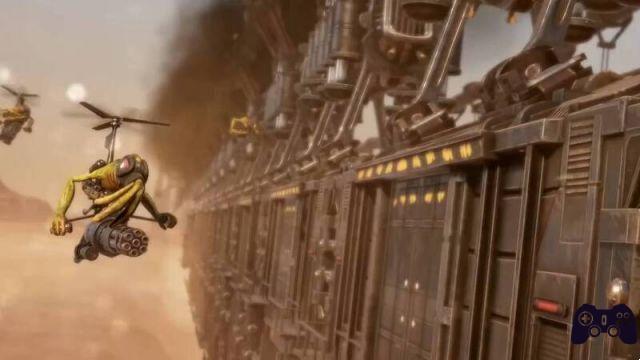
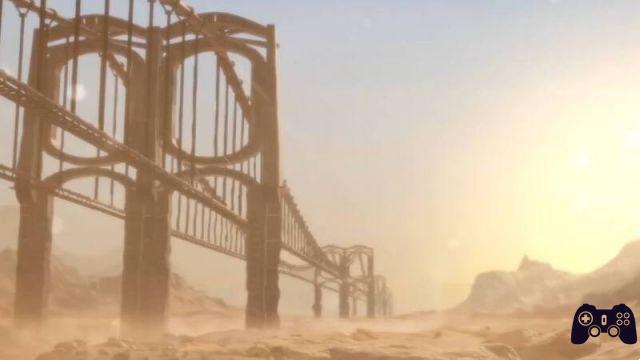
Old and new do not coexist in harmony
Soulstorm is a platformer in two dimensions (or rather in 2.5D in this specific case), permeated by constant puzzle-solving elements. The player will not only have to bring Abe to the end of the level by overcoming numerous pitfalls, but also take care to save the various Mudokons dislocated in the levels, communicating with them and issuing directives to prevent them from running into certain death.
A very staid formula which, thanks to the eccentricity of the game universe, and the possibility of communicating through simple sentences with the non-player characters, managed to define a genre of its own when it appeared on the market at the end of the 90s. A gameplay very peculiar that from "innovative for the time", became "niche" following the release of the 2014 remake.
For this reason, the developers seem to have wanted to evolve that formula at all costs, trying not to modify the original framework that has always distinguished the series, adding a series of innovations ranging from the more basic introduction of a life bar, passing through the possibility of making double jumps, dabbling with simple crafting dynamics, up to a wider management of the Mudokons that we are going to save.
A series of unpublished mechanics that have been implemented in a skilful way for almost all the situations present in Soulstorm but which unfortunately struggle to amalgamate with that constant desire to keep some dynamics of the heavy past of the series dedicated to Abe unchanged, as well as screeching when they come into contact with the developers' excessive willingness to surprise players with multiple highly scenographic situations.
When I talk about moments in which old and new clash, I mean all those moments in the game in which the obligation to keep Abe's movements heavy, to balance the various situations proposed in Oddworld Sousstorm, does not match the level design proposed by the developers . For example, the need to make a series of quick and precise jumps during a chase is not a pleasant maneuver when an artificial input lag is applied to make Abe's movements heavier.
By the same token, in some situations the camera seems to forget that it has to follow the game action, delighting in offering a glance of sure impact, making it almost impossible to perform some precise and calculated actions to the millimeter.
What continues to surprise me, after playing Oddworld Soulstorm on practically every platform, is the constant feeling that the developers too have realized these flaws and have compensated with some facilities disguised as innovations, as if to make all those less punitive errors not properly due to the inability of the player. The life bar will show that it is tolerant of a few small mistakes, as well as Mudokons that will be discovered by the guards, will be immobilized instead of being executed outright.
In essence, the general feeling is that of being faced with small tricks designed not to make a production devoted to sustained difficulty less punitive but more to avoid moments of frustration for the player due to situations that cannot be managed directly.
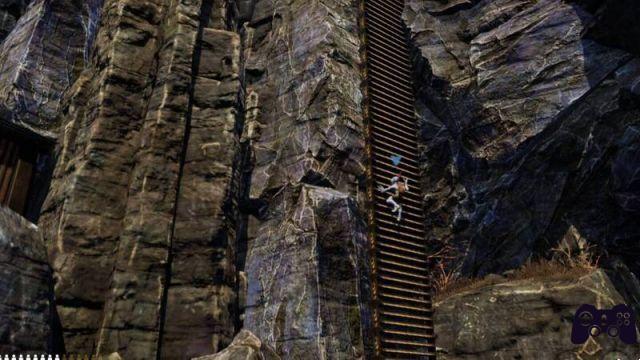
A less punishing progression
The original chapters dedicated to Abe, as well as the most recent New 'n' Tasty, have always been famous for their complexity and their being highly punitive games, unable to feel pity towards the player's mistakes, preventing him from correcting a mistake which caused the death of some Mudokons if not by repeating large portions of the game. Oddworld Soulstorm maintains the complex nature of the previous chapters but proves more compassionate, dividing Abe's long adventure into a large number of levels, each with its optional and non-optional objectives to be completed.
Each level can be completed either by going straight on its own way to its conclusion, or by opting for complete a series of ever-changing objectives. These completely optional requests will require the player to: rescue a precise number of Mudokons, disable enemies in a non-lethal way, find collectibles, discover secret areas and so on.
Based on the actions that will be performed, the Quarma will define the value of Abe's morals, slightly modifying some situations that will occur during the adventure, until it leads to one of the four endings available. Furthermore, the subdivision into levels will allow you to replay only certain parts of the adventure to recover previously lost secrets or rescue all Mudokons in a given play area.
In terms of level design there is very little to point out: Oddworld Soulstorm is a concentrate of good ideas which on very few occasions, all concentrated in the central part of the adventure, slips a bit into redundancy and excessive repetition, but which excluding of these fleeting moments manages to keep the player glued, introducing game mechanics and situations that are always varied and fun.
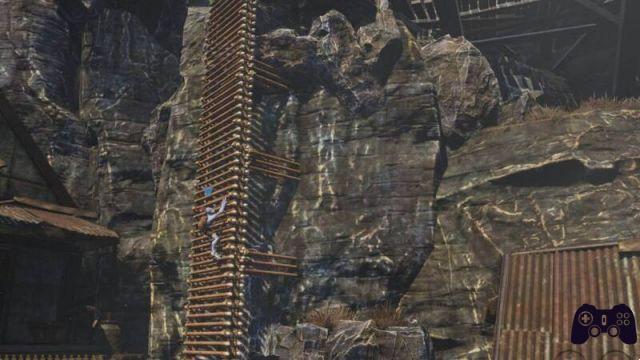
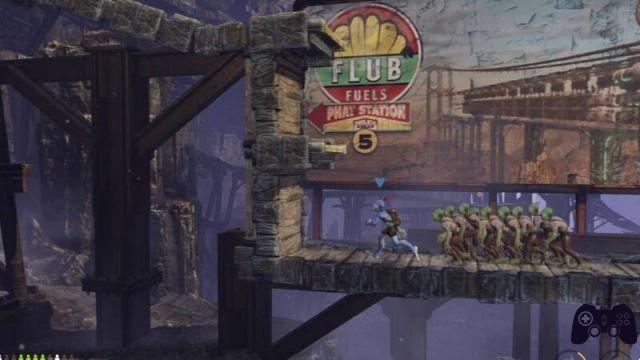
Soulstorm su Nintendo Switch
Playing Oddworld Soulstorm on Nintendo Switch left me with mixed feelings. On the one hand, the intrinsic charm that continues to permeate everyone is inevitable these portings that normally run on much more performing gaming machines, while on the other side the whole series of compromises that must be accepted every time open up to a much wider series of discourses and which have little to do with the real value of Soulstorm on Nintendo Switch.
First of all, compared to the previously released versions, Soulstorm comes with a dynamic resolution that aims to reach 720p on the move and Full HD in Docked mode. Net of everything I could say about it, I must admit that the glance works and that I have rarely been faced with excessively grainy or confused images. As for the fps, however, the goal remains that of a stable 30fps in every situation but the reality of the facts is that they are not always granite, tending to go down in the most agitated situations.
Net of the technical compromises that have always emerged in these conversion operations, what left me with a bitter taste is that 17 months after its debut, Soulstorm still has multiple of those bugs already seen in the PlayStation 5 version tested last April. A factor that, with all due respect, I find hardly justifiable especially if I think that the title was released in its "Enhanced" version and that during this latest conversion work, more attention could have been applied to offer a more refined product.
Finally, if you decide to buy it in physical format, I want to remind you of download the “Patch Day One”, which will prove essential to mitigate some global illumination problems, which emerged in the Gold version of the title.




